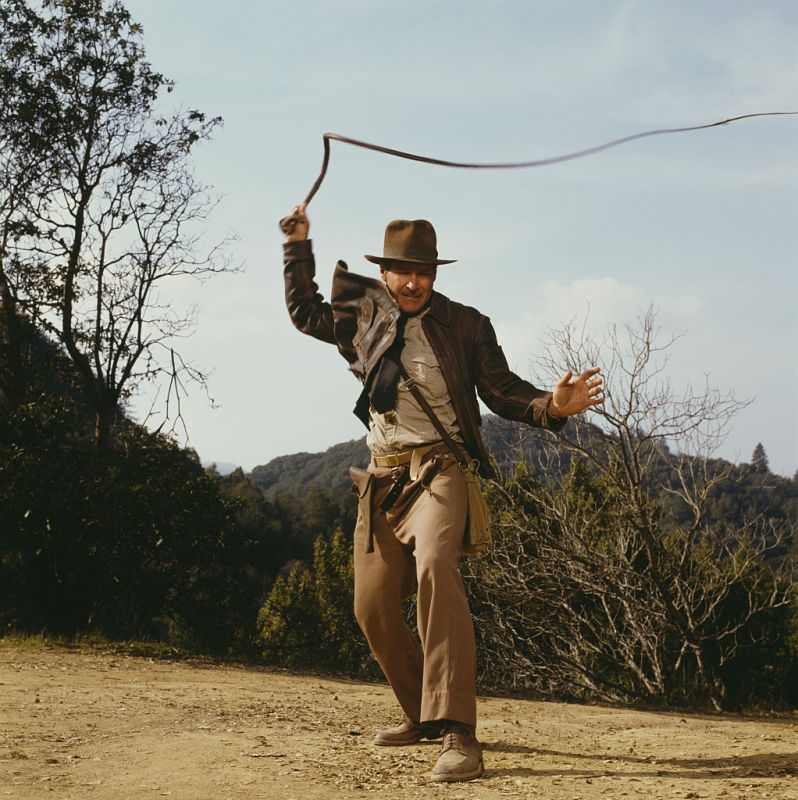In a tech-saturated age, there’s one sector of showbiz that remains firmly in the past: The art of making sound effects for some of Hollywood’s biggest blockbusters.
Atlas Obscura recently spent some time with Foley artists, the people responsible for adding texture to movies that you can only sense with your ears. A skillset honed by industry vet Jack Donovan Foley, the art has roots in silent films and live broadcast radio. Today, it’s responsible for iconic sounds like the boulder rolling in Raiders of the Lost Ark or the blaster pistol in the original Star Wars. (The boulder was actually a rolling car without a motor running and the pistol, a steel cable.) It’s also used in Netflix movies like Bird Box and live-action stunners like Mowgli: Legend of the Jungle.
Essentially, it’s everywhere. You can’t make movies without it. But what’s perhaps most impressive and intriguing about Foley artistry is that it hasn’t changed much over the decades. As headphone jacks become obsolete, Foley artists are still using celery to mimic the sound of elbow giving way to bone, or gourds used to crack skull. By the way, the sound of a dinosaur egg hatching? That’s an ice cream cone.
It’s not all food, but it is all fascinating — and not going anywhere soon. Learn more about it in Atlas Obscura.
Thanks for reading InsideHook. Sign up for our daily newsletter and be in the know.



















